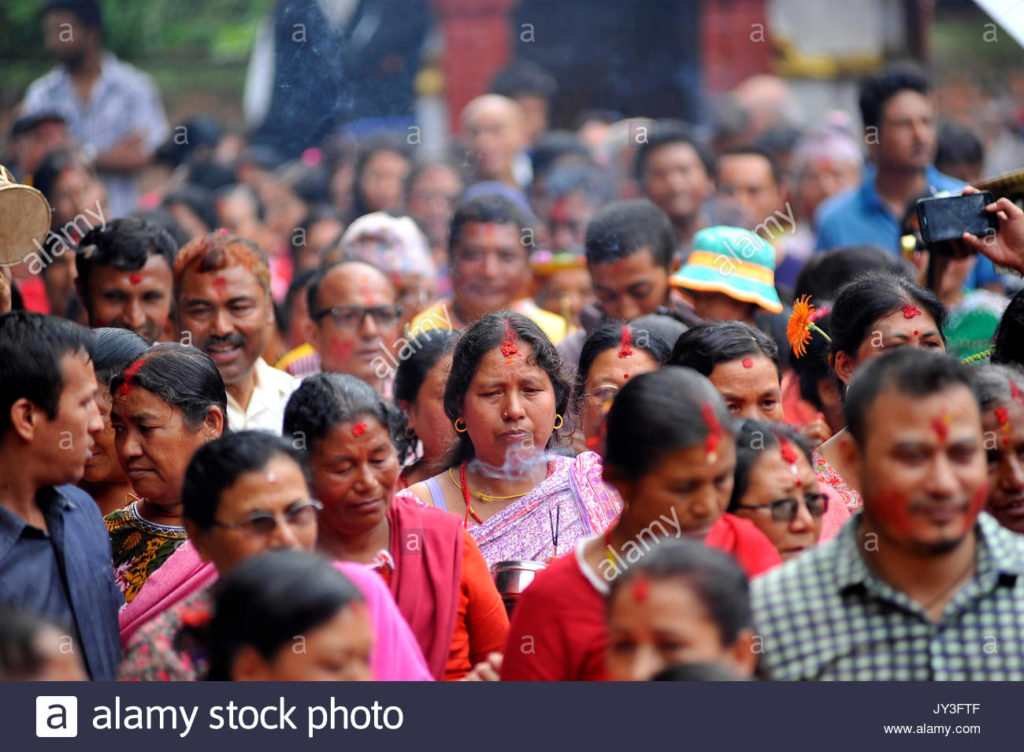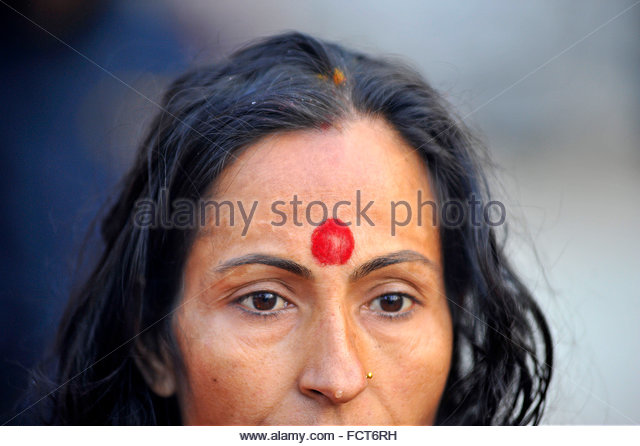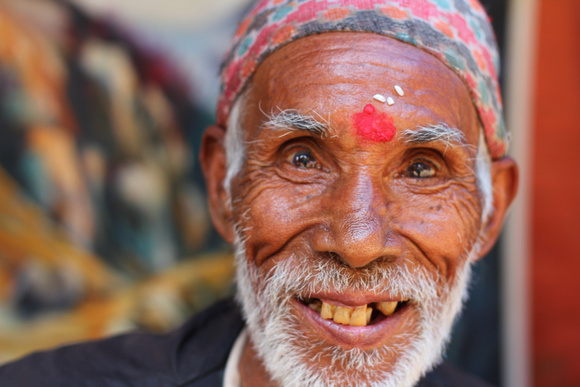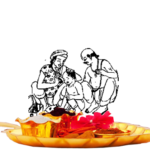In a land filled with religious belief and culture, there are a number of acts that we follow. It could be waking up in the morning and praying, or maybe visiting the holy shrine nearby by and feeling blessed.
One of the common sight while visiting a holy shrine in Nepal would be a tika on the forehead. Tika, that little red dot on the forehead, looks simple yet alluring.

The tika is one of the significant elements in Hinduism. Made from dried turmeric, it fundamentally signifies purity of faith and devotion, which is one of the reasons tika is used widely in religious Hindu spots regardless of the size and importance. Be it a grand holy temple like Pashupatinath or a small dimly lit puja-kotha at a Nepali household, red vermilion is first offered to the Gods in devotion, and then received as part of prasad (blessing) is worn with utmost faith as tikas.
 Generated by IJG JPEG Library
Generated by IJG JPEG Library
Beyond the temple premises, tikas have for long been part of Nepali culture as an unpassable tradition. Owing to their religious significance, tikas are a must on auspicious occasions like rituals, commencing new tasks or businesses, life ceremonies such as marriages, and birthdays. Also for married women, it’s more of a long-practiced custom to wear red tikas or bindis for modern day convenience. For them, it symbolizes a prolonged married life and longevity of their husbands. Tikas are also an integral element during celebrations, processions and social reverence, especially when someone achieves something big or is victorious.
The usual Nepali practice is to put on red-colored tikas but a few ethnicities prefer other colors as well: like certain Newars use long, slender black tikas; the Mongolians make use of rice; some dwellers of Bhaktapur and Patan also use curd for tika.

Why is it worn on the forehead?
“A symbol of worship and religious sign, the tika is considered the point at which creation began. Traditionally, the area between the eyebrows is said to be the sixth chakra, the Ajna, the seat of “concealed wisdom”. Applied in the center of the forehead close to the eyebrow, the tika rubs the Anja Chakra and thus is considered to be associated with the eye chakra. The tika is said to focus energy and increase concentration. It is also known to be the circle or dot around which the mandala is created; a spiritual symbol, a symbol of nirvana. The dot is meant to denote the center point for one’s spiritual destiny and serve as a medium for personal sanctification.”
There are some other spots on the body where the tika can be applied after bathing. These places include the forehead, the throat, the heart, the stomach, and the two shoulders. When applied, the name of a specific deity is recited. This touching, marking and evocation bring the effect of blessing to the body and the individual. Religious protocol permits the tika to be put only after one has bathed and cleaned their body.


